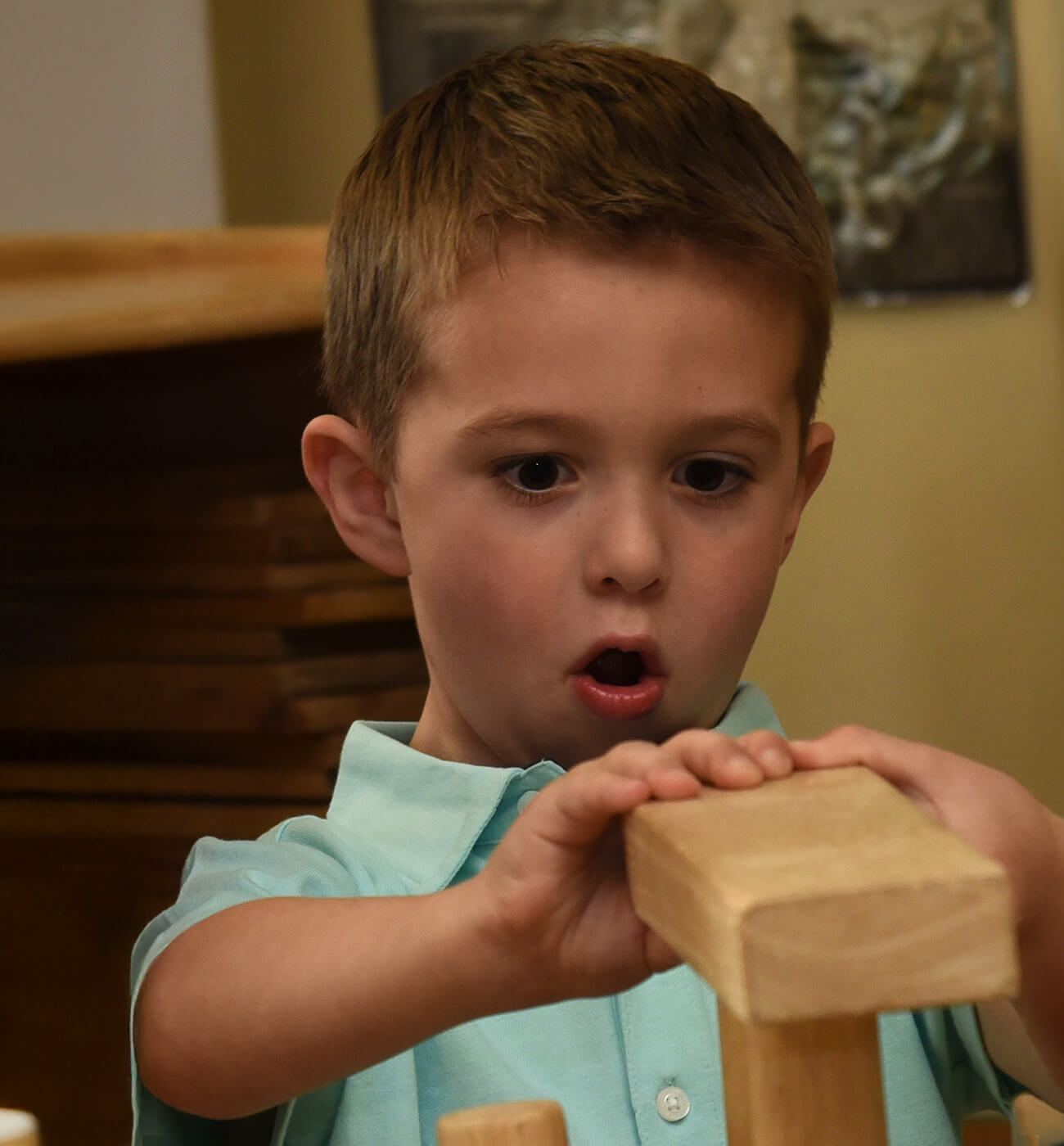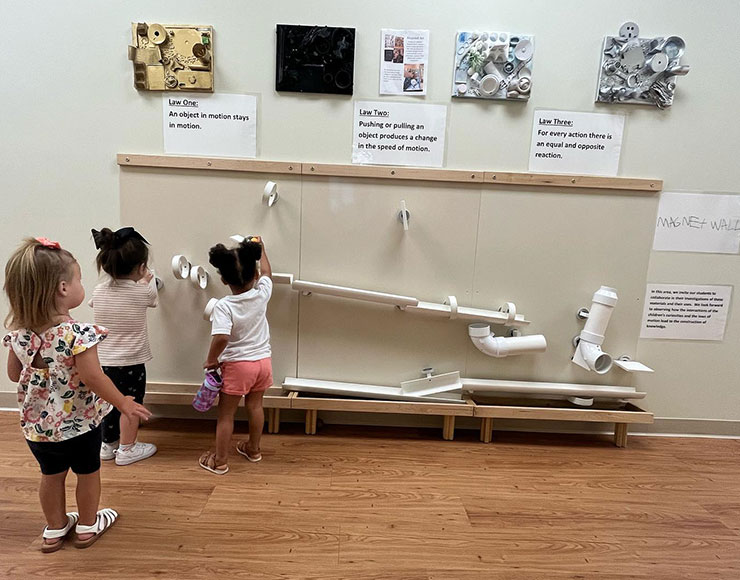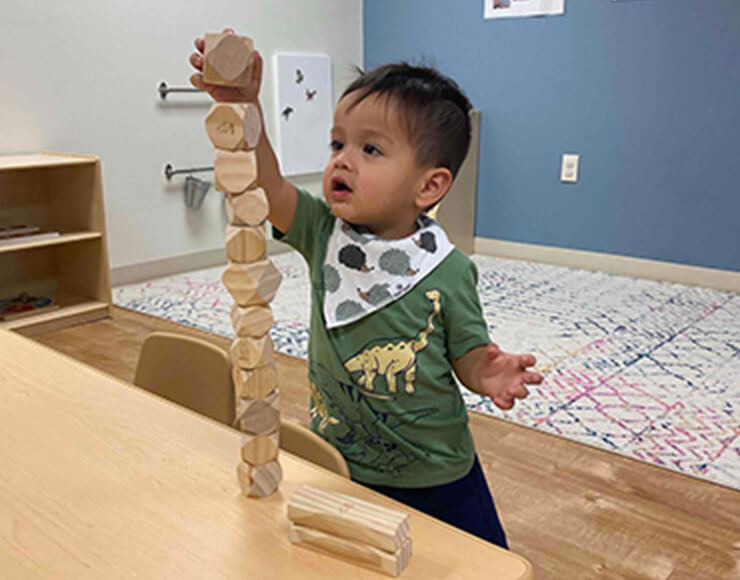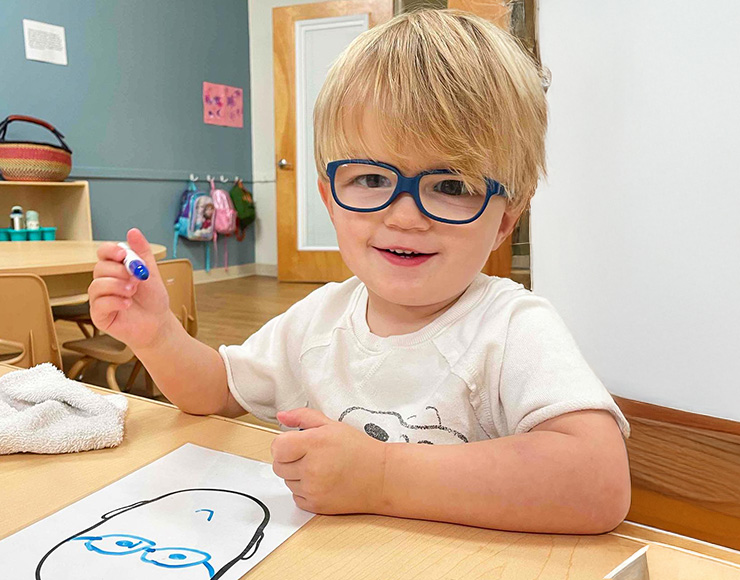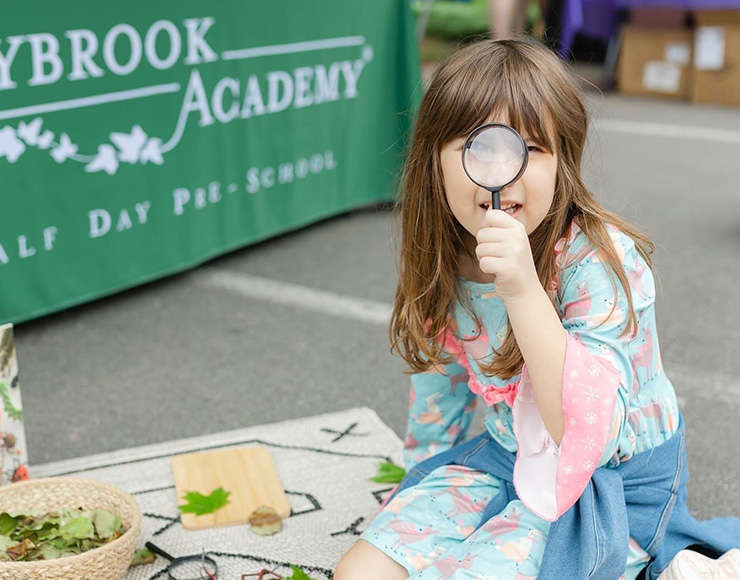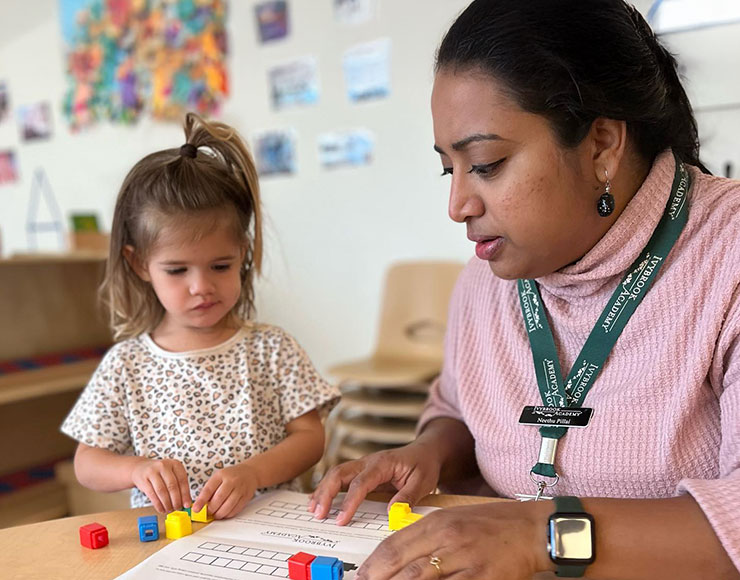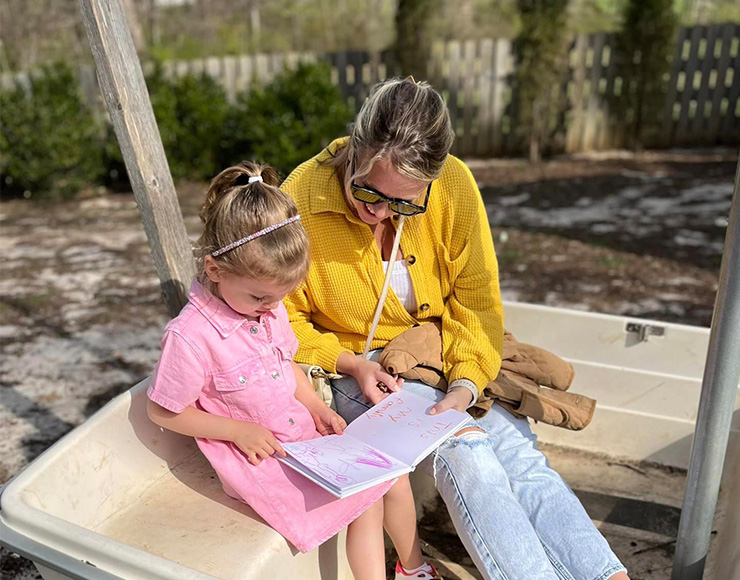Jennifer’s Story
Jennifer McWilliams recognized a critical gap in early childhood education during her years as a first-grade teacher. She saw firsthand how many children were not receiving the individualized attention and diverse learning experiences they needed and deserved to flourish. Frustrated by the limitations of traditional preschool settings, which often felt one-dimensional and lacked joy, she was motivated to create a better approach—one that honored each child’s unique capabilities and learning styles while igniting excitement and a true love of learning.
To address this need, Jennifer set out to develop an innovative preschool model that combined the best practices from Reggio Emilia and Montessori philosophies. Her vision was to create an environment where children could explore, engage, and grow at their own pace while also collaborating with peers and developing critical thinking skills. She believed in honoring each child’s unique value and fostering a school community that celebrates curiosity, creativity, and connection. This foundation lays the groundwork for a lifetime of joyful learning and discovery.
This passion, coupled with her husband Drew’s business expertise, has enabled Jennifer to bring Ivybrook Academy preschools to communities across the United States. As parents of two Ivybrook graduates, Jennifer and Drew have seen firsthand how the Ivybrook Academy provides the ideal foundation for raising well-rounded children who are curious, confident, and prepared for the future.
